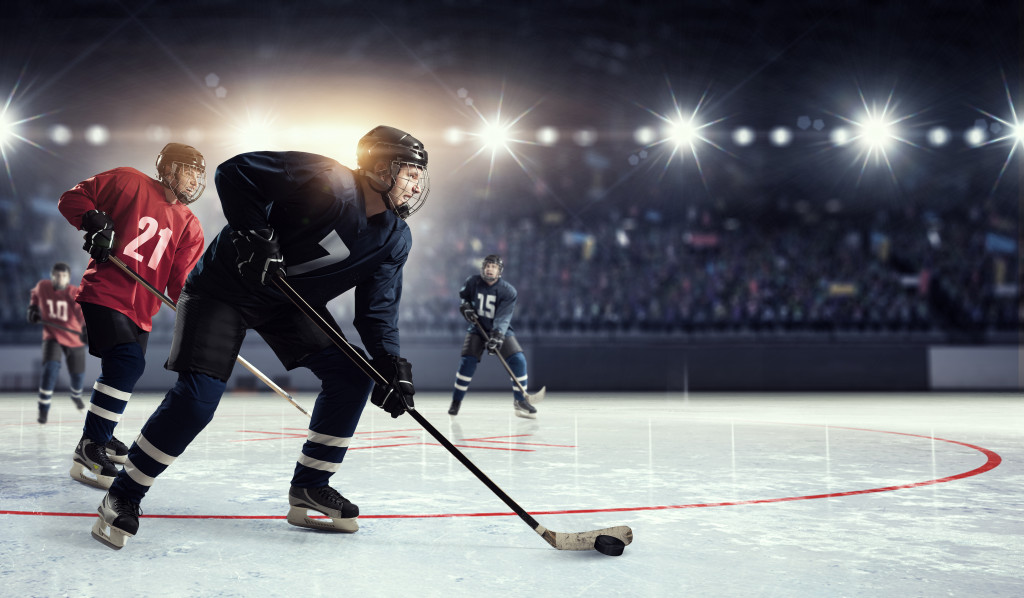For most of us, maintaining an active and healthy lifestyle is more than just getting regular exercise to keep the numbers on the scales off and our hearts happy. It is also about self-discipline that doubles as social and psychological therapy. Balancing work, mainly office jobs, with a pleasant workout is the key to embracing and looking forward to the next day rather than dreading it.
However, there may come a time when we get that familiar jolt of discomfort and pain that signals that we may have gone a bit too far in our activities. While the danger and risks should not discourage you from participating in sports, being mindful of some of the most frequent risks, injuries, and preventative measures will decrease your chance of getting harmed at the very least.
Whiplash
Whiplash happens when someone’s head jerks back then forward with significant force, causing them to experience pain. This type of injury is most frequently sustained due to physical assault, sports injuries, and even car accidents. Thus, it’s crucial to immediately consult with a doctor, a therapist, or a professional auto accident chiropractor if you feel any excruciating pain and discomfort. Aside from memory loss and tiredness, those who suffer from whiplash injuries may also have cognitive problems and nausea.
The fact that whiplash may cause depression is much more alarming. According to recent research, 44.9% of whiplash patients experience depression and anxiety within the first year of their injury. In addition, whiplash can cause significant and perhaps irreversible harm and impairment because these motions can tear the muscles, nerves, and vertebrae in your cervical spine.
Thus, people should not take this severe condition lightly.
Fractures
Contact and impact sports frequently result in the breakage of the bones, most commonly in the legs, arms, and feet. Apart from excruciating pain, it would also require days and even weeks of rest to recover, and, in rare cases, it may necessitate surgical procedures to fix the problem. While fractures are an imminent danger in most intense and combat sports, they can be minimized by wearing proper support and protection, warming up, exercising to maintain muscle strength and flexibility, and learning proper techniques.
Additionally, avoid playing through the discomfort since this may also exacerbate sprain, which, if untreated, can make the bone prone to further damage.
Sprains

A sprain is among the most common injuries for players. Sprains are muscular stresses to ligaments that are the connective tissues that link bones. Once these ligaments twist in the wrong direction, they might be pulled or torn. Sprains are more severe than strains and might even require immobility to prevent additional damage.
It is also essential to practice proper technique, warmups, and stretches before participating in any physical activities to avoid sprain. It will also help if you wear a brace on your knees and ankles for protection and support, especially if you have previously sprained a joint.
Back injuries
Our spine and back are subjected to a certain amount of stress throughout nearly every sporting activity. This tension can build up and cause inflammation around the area in the long run, resulting in injuries in your upper or lower back and disc. In addition, a quick jarring contact might also result in an acute back injury.
Remedies vary significantly based on the problem and might include anything from bed rest, therapy, or a medical procedure to relieve the pain. The most effective approach to decrease your chances of back discomfort and injuries is to improve your back muscles’ strength and flexibility with frequent low-impact exercises, warmups, and even a healthy eating regimen.
Head injury

A concussion, which is most frequent in competitive sports, happens when a rapid blow to the head forces the brain to lurch or jolt inside, occasionally causing damage to the tissues that keep our brain in place. It is possible to sustain a concussion at any stage, with signs spanning from moderate headaches and dizziness to drowsiness and brief unconsciousness.
While people with concussions generally recover on their own over time, multiple and frequent incidents will only increase your chances of damage in your brain functions. Therefore, immediately seek medical attention after suffering a brutal hit to the head and consider putting off playing and participating in active sports for the time being to avoid such risks.
The ability to participate in one or more outdoor activities is an essential component of a healthy lifestyle. In an ideal world, only positive outcomes would result from doing these activities. However, injuries are an inevitable part of life. Therefore, our best chance is to understand the fundamentals to live a better active lifestyle.

